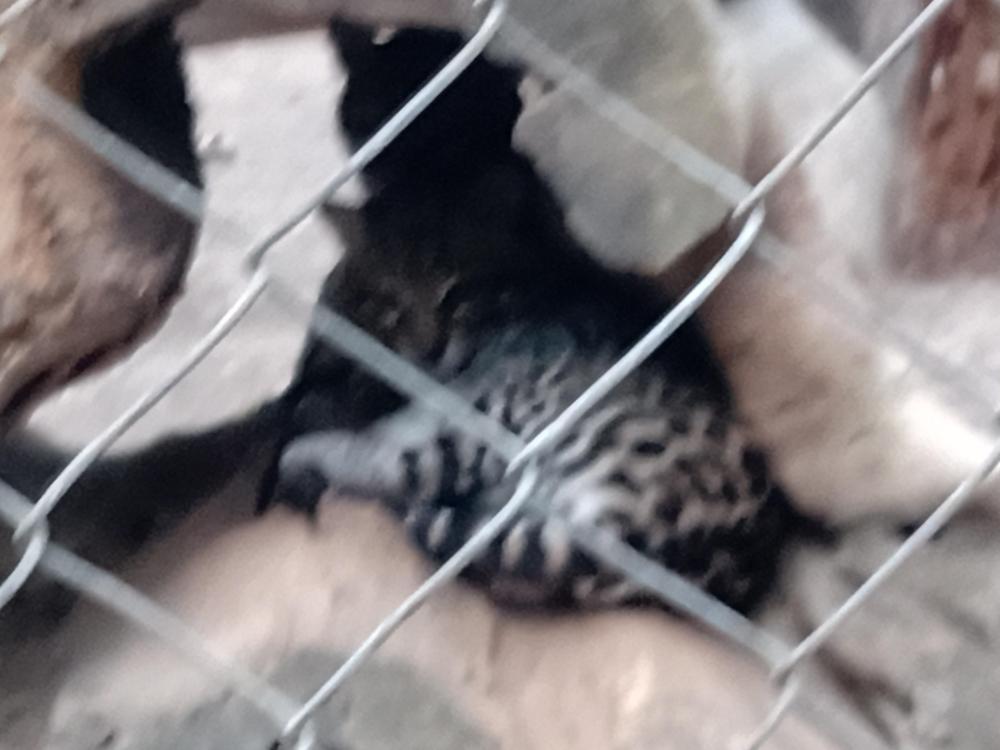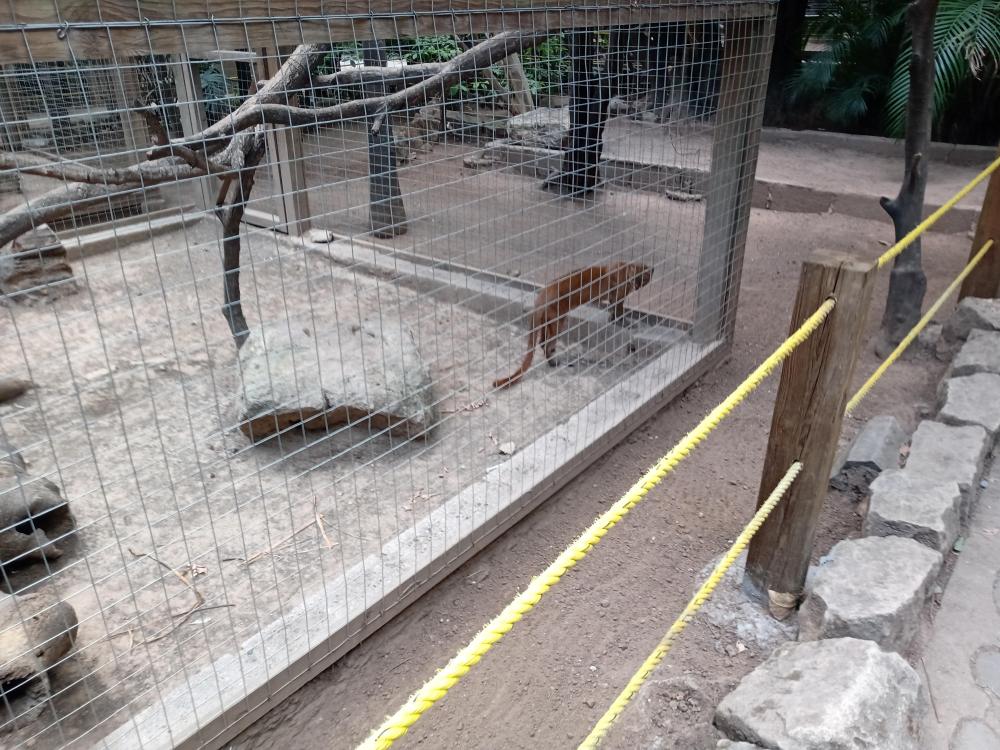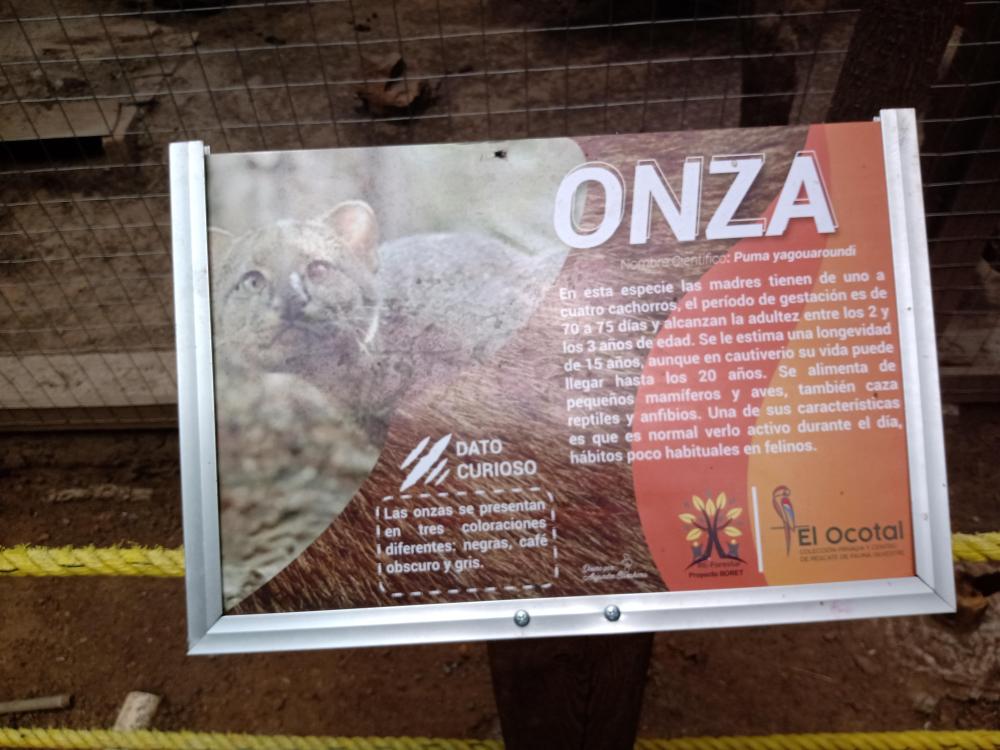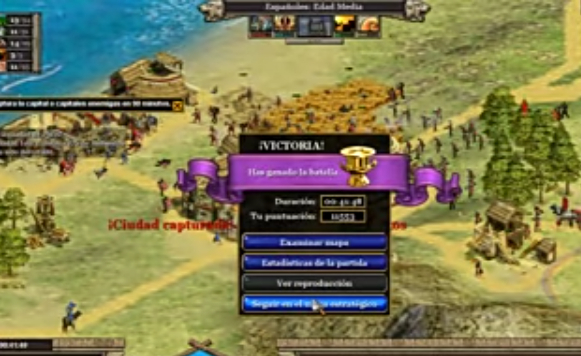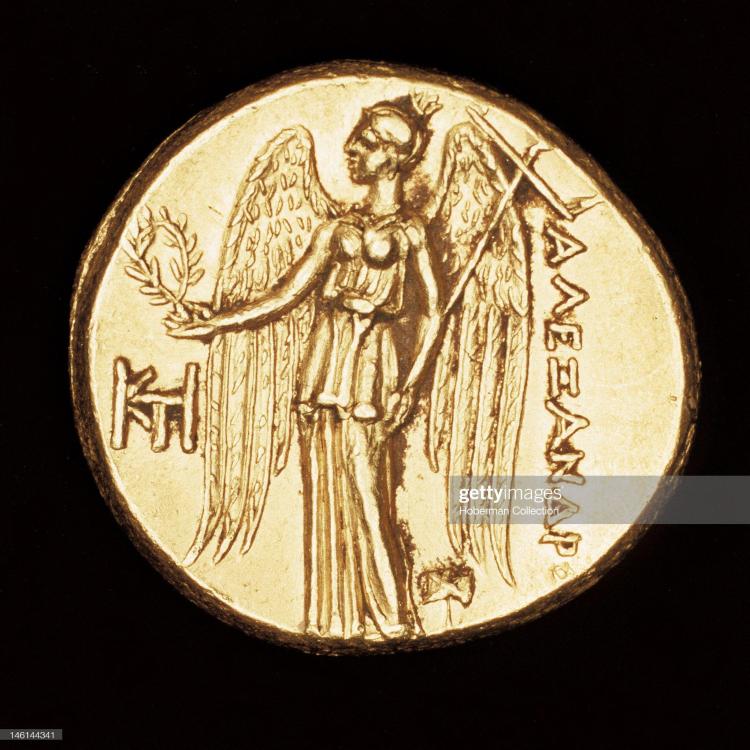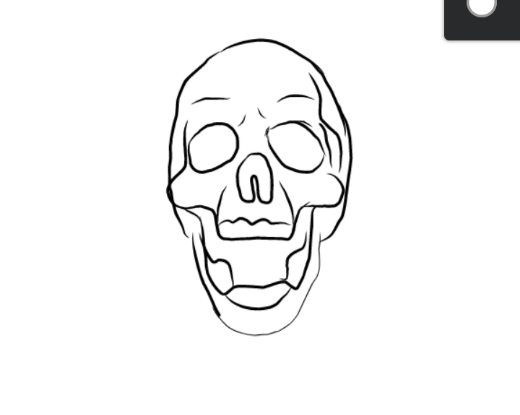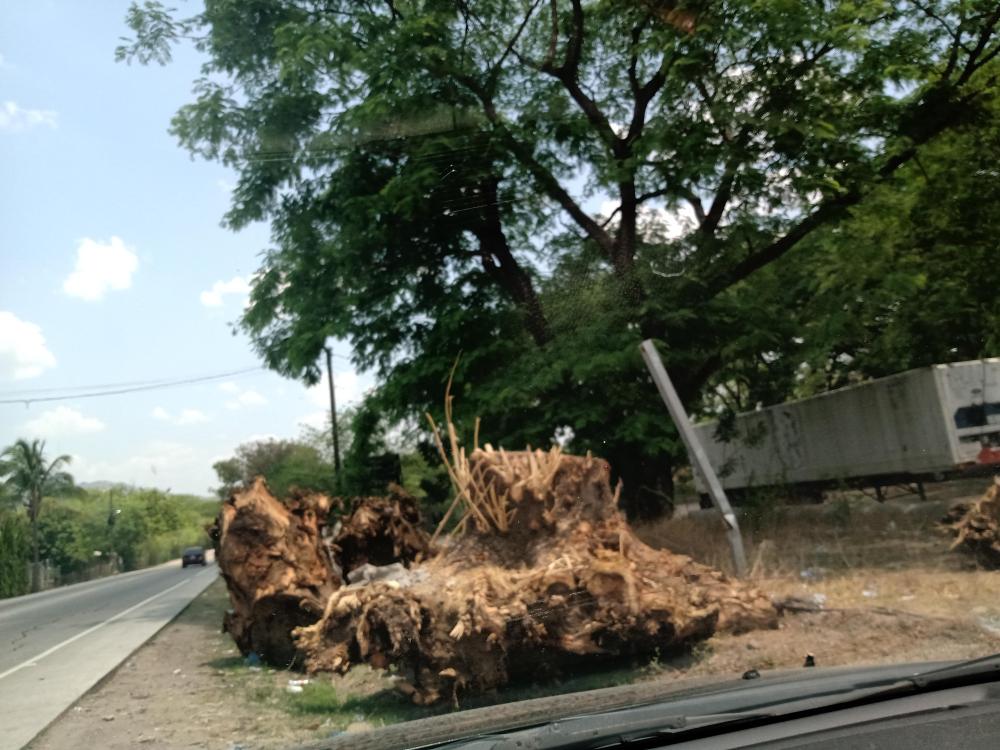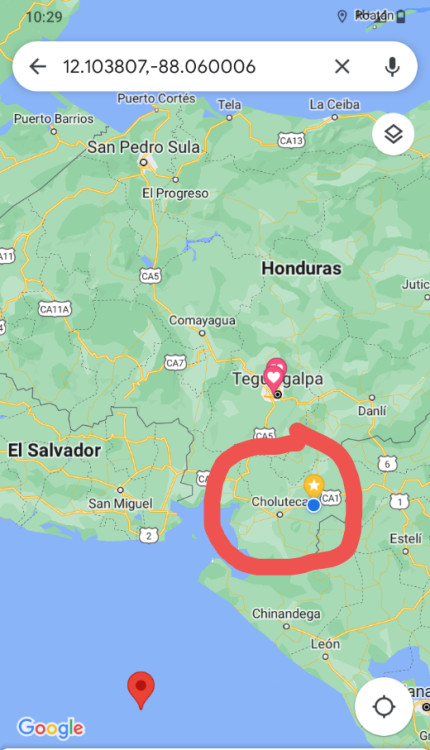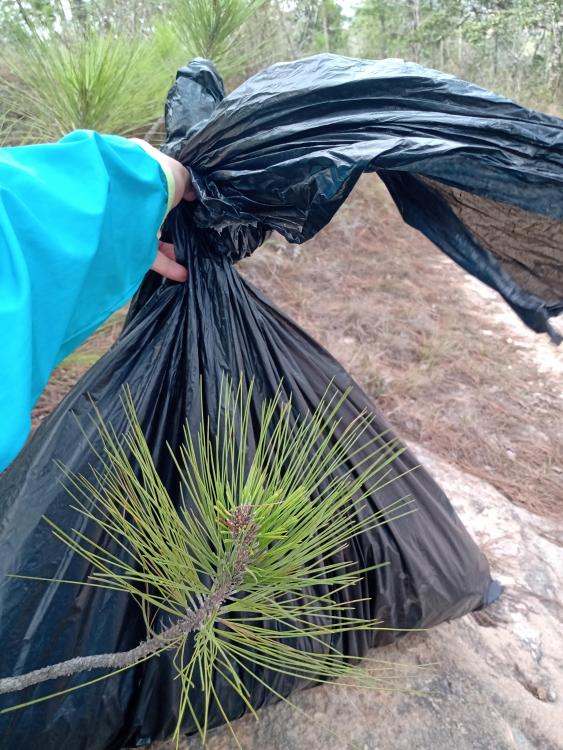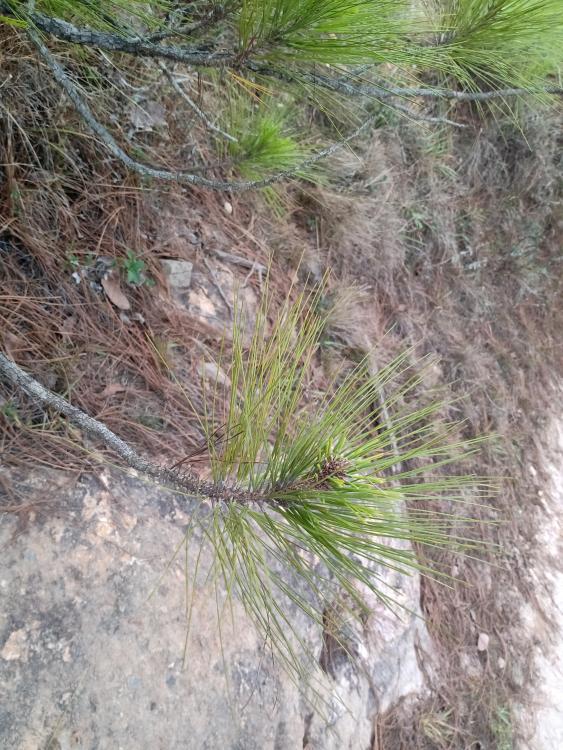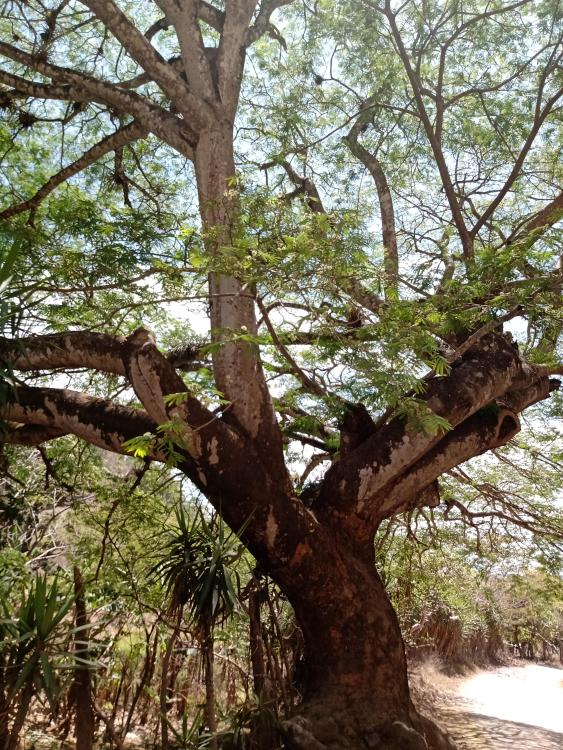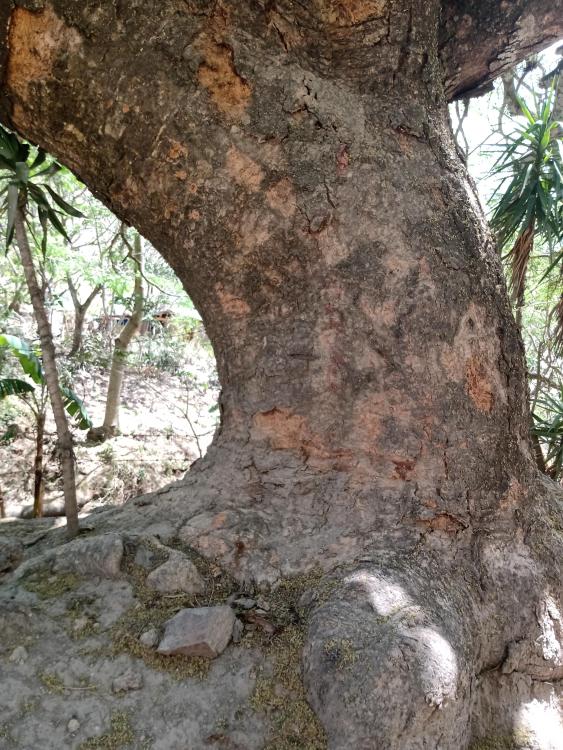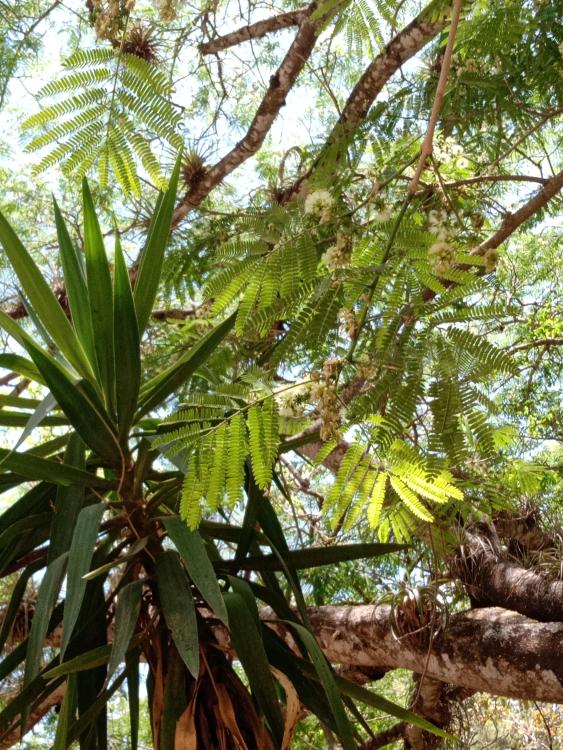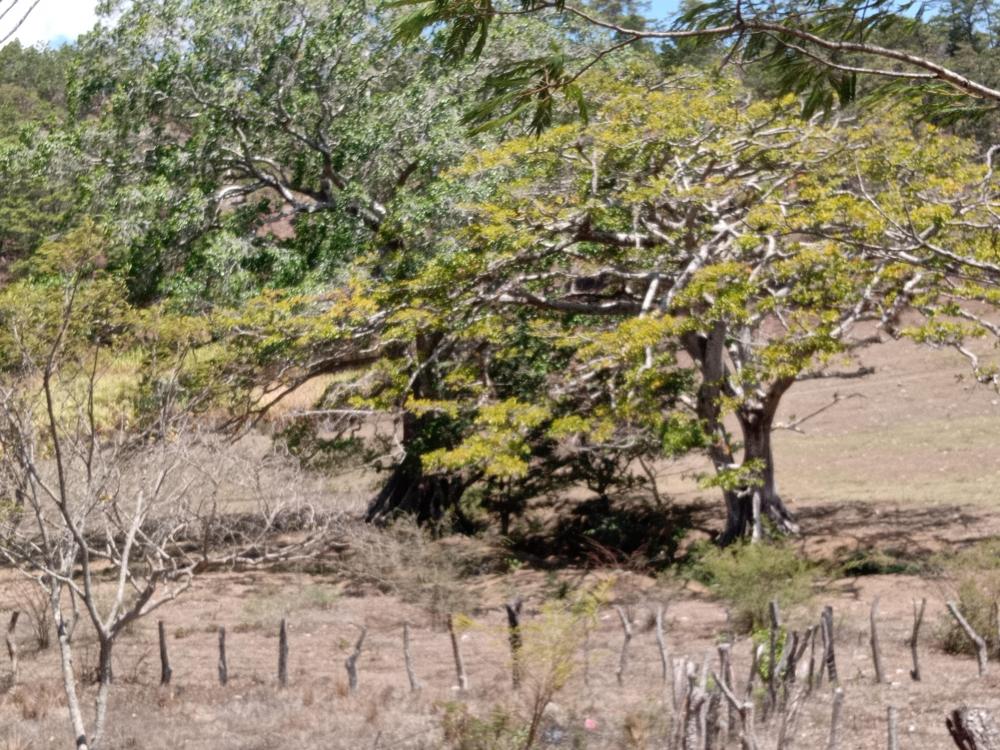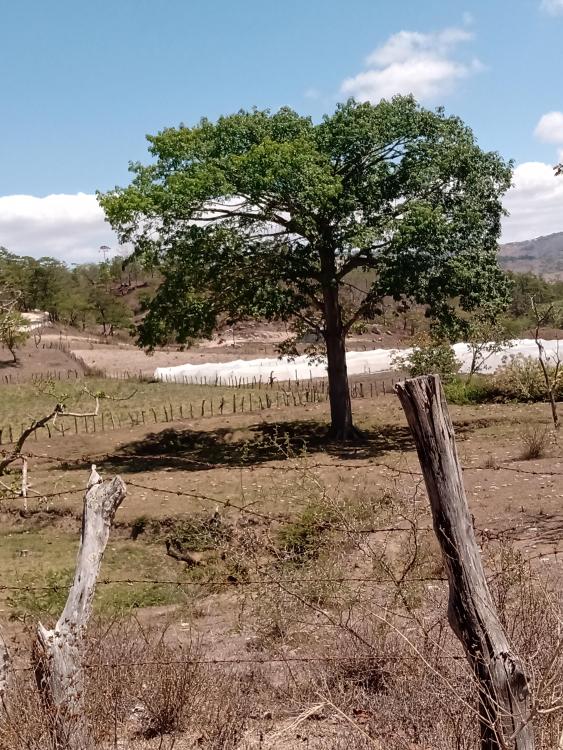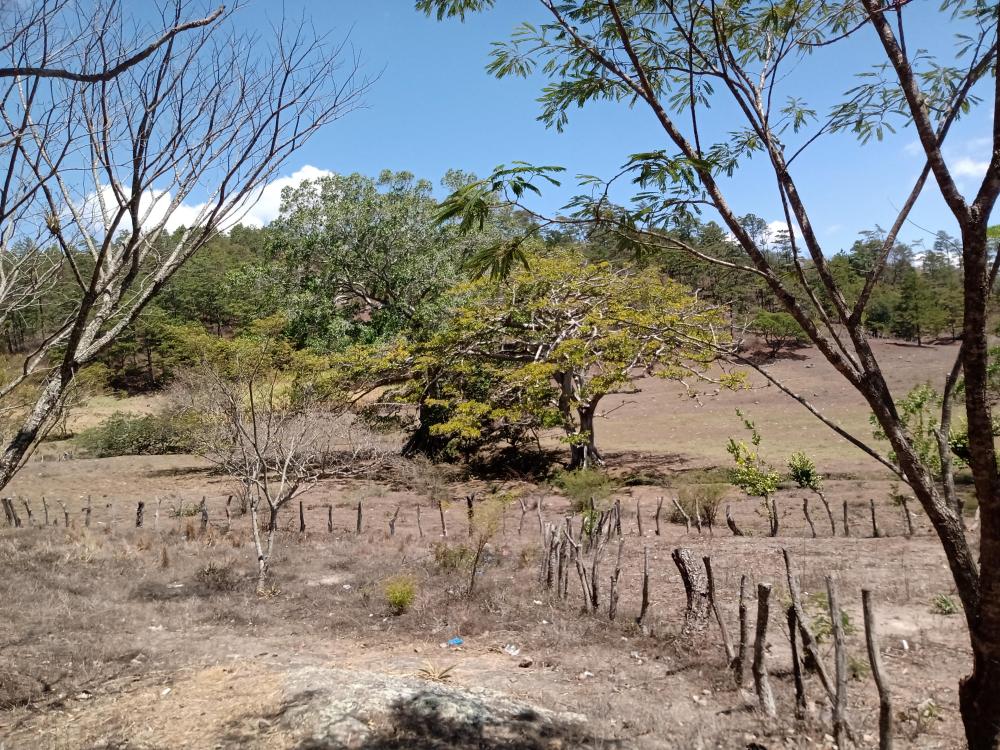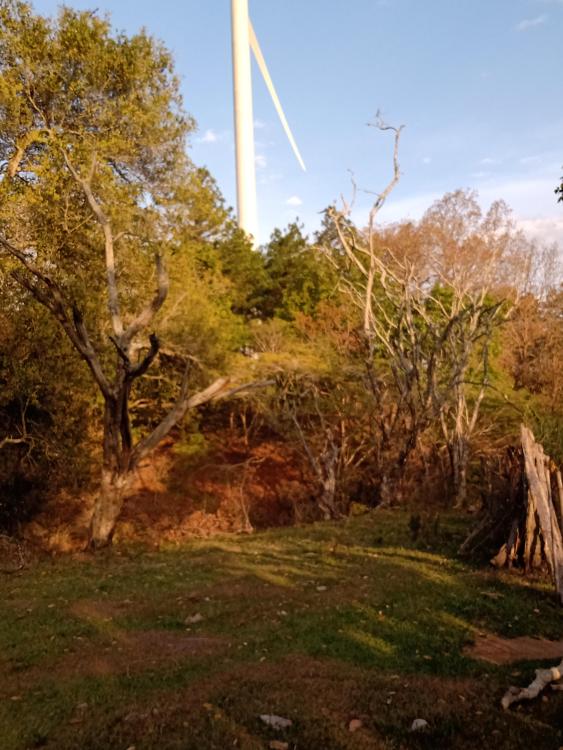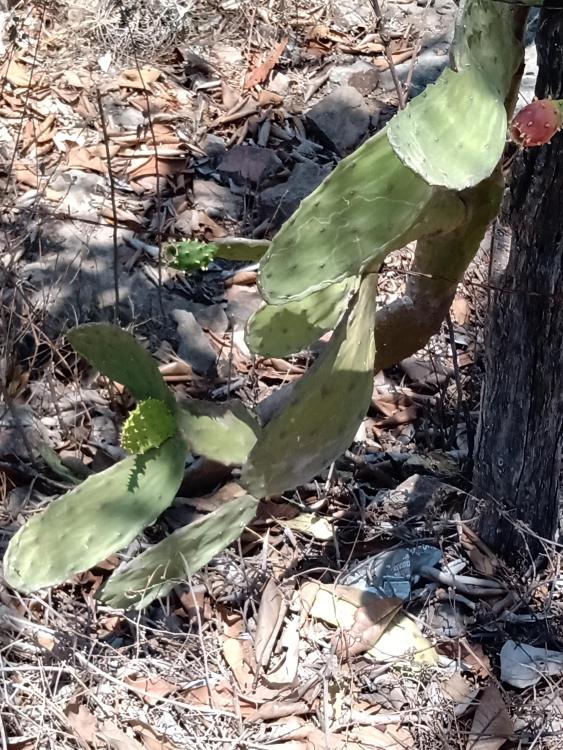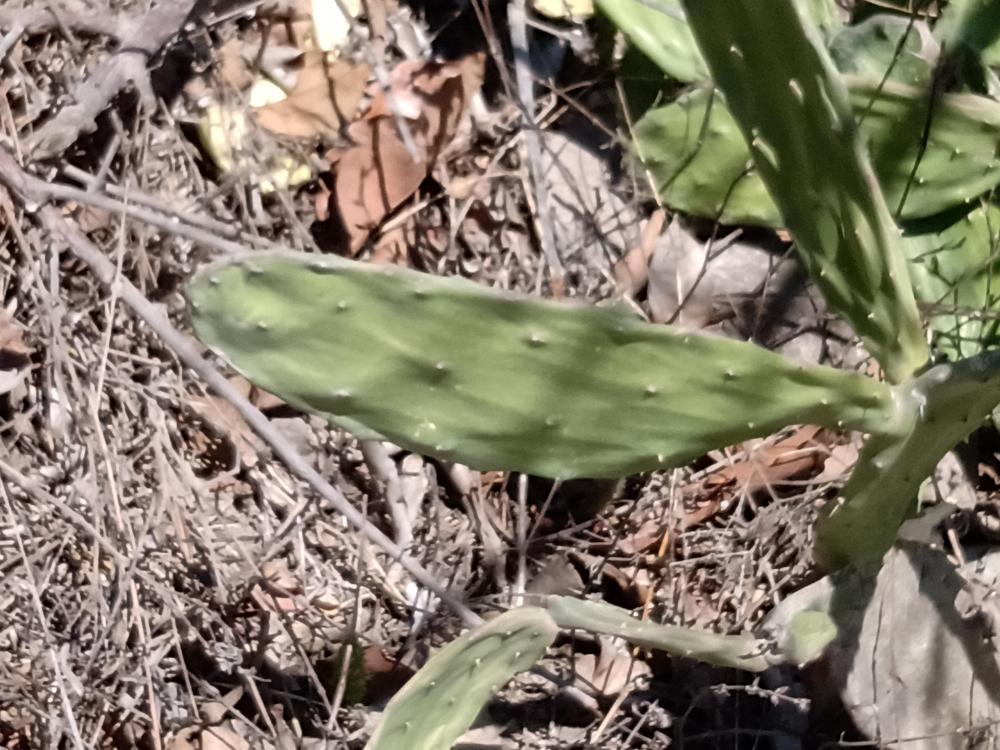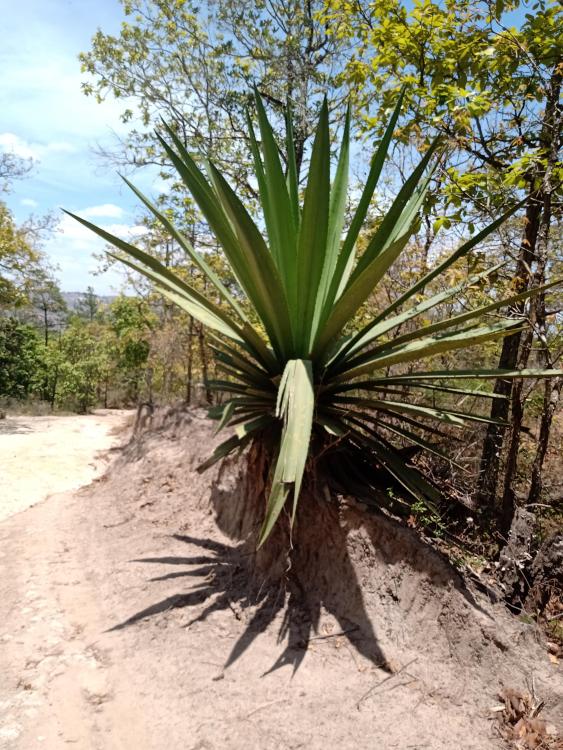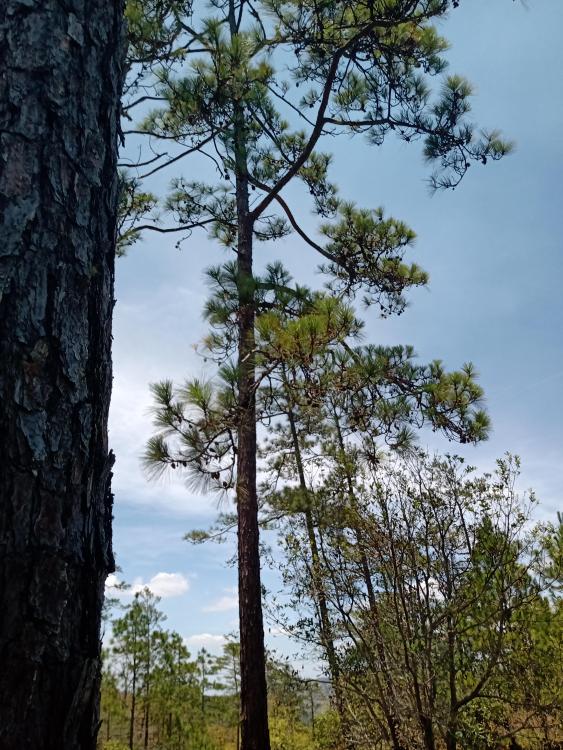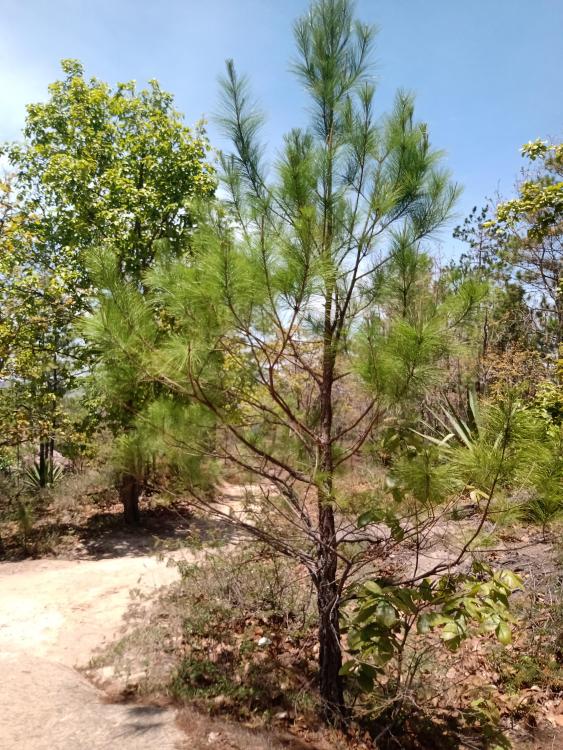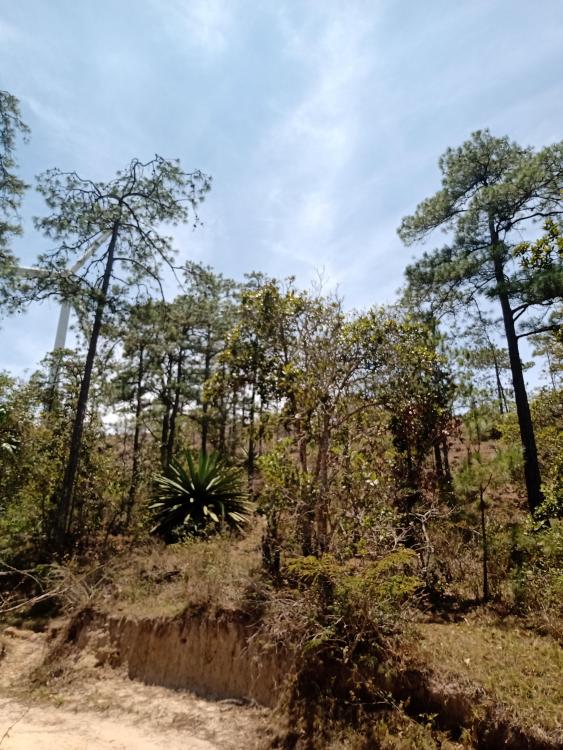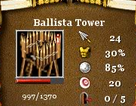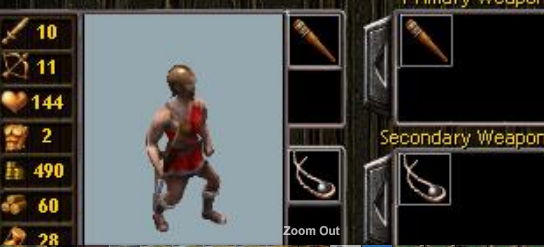-
Posts
25.684 -
Joined
-
Days Won
300
Everything posted by Lion.Kanzen
-
.thumb.png.ce58cea22940c255f5b0a735d5abee36.png)
Mesoamerican Fauna and Flora
Lion.Kanzen replied to wowgetoffyourcellphone's topic in Rise of the East
Foto by me , today in the Restaurant-Zoo Ocotal. Puma Yagouaroundi. https://en.m.wikipedia.org/wiki/Jaguarundi -
.thumb.png.ce58cea22940c255f5b0a735d5abee36.png)
Mesoamerican Fauna and Flora
Lion.Kanzen replied to wowgetoffyourcellphone's topic in Rise of the East
https://es.m.wikipedia.org/wiki/Schinopsis_balansae Quebrancho. Means "Axe Broker" in ancient Spanish. -
The term here is also archaic, but it is what ordinary people understand.
-
The exact term is https://en.m.wikipedia.org/wiki/Lime_mortar Still lime stone. In Spanish (Latinoamérica) we call all sub products "Cal".
-
when i arrive i will see it , probably tomorrow. Today I will only sleep when I arrive.
-
did some rites with lime? "Mayan ceremony stone of lime"
-
in the comments some Mexicans mention the existence of this tradition.
-
.thumb.png.ce58cea22940c255f5b0a735d5abee36.png)
===[TASK]=== Crowd Sourced - Garamantians (Faction)
Lion.Kanzen replied to Lopess's topic in Game Modification
I'd like to work on the salmon-orange textures of this one Faction. -
.thumb.png.ce58cea22940c255f5b0a735d5abee36.png)
Mesoamerican Fauna and Flora
Lion.Kanzen replied to wowgetoffyourcellphone's topic in Rise of the East
I'm right now in South Pacific montains in the dry south. Very near if town of Choluteca. Here is around 34 C°/94° farenheit. the heat is hellish. Choluteca is one of the hottest cities of Honduras and all of Central America as well gives the city a Tropical savanna climate (Köppen: As); The registered high temperature of the city is 46 °C (114.8 °F), and the lowest is 18 °C (64.4 °F). There isn't Mesoamerican territory but still cultural frontier. The people that live here are Chorotega descendants. Some sources list "Choluteca" as an alternative name of the people and their language, and this has caused some (for example Terrence Kaufman 2001) to speculate that they were the original inhabitants of the city of Cholula, who were displaced with the arrival of Nahua people in central Mexico. The etymology for the nomenclature "Chorotega" in this case would come from the Nahuatl language where "Cholōltēcah" means "inhabitants of Cholula", or "people who have fled". The region of southernmost Honduras known as Choluteca, along with Choluteca City, derive their names from this Nahuatl word. Choluteca was originally inhabited by Chorotega groups. Daniel Garrison Brinton argued that the name chorotega was a Nahuatl exonym meaning "people who fled" given after a defeat by Nahuan forces that split the Chorotega-Mangue people into two groups. He argued that the better nomenclature was Mangue, derived from the group’s endonym mankeme meaning "lords". Chorotega, the most powerful American Indian tribe of northwest Costa Rica at the time of the Spanish conquest. They spoke Mangue, a language of Oto-Manguean stock, and had probably migrated from a homeland in Chiapas many generations prior to the conquest, driving the aboriginal inhabitants out of their new territory. https://www.britannica.com/topic/Chorotega By The Editors of Encyclopaedia Britannica • Chorotega, the most powerful American Indian tribe of northwest Costa Rica at the time of the Spanish conquest. They spoke Mangue, a language of Oto-Manguean stock, and had probably migrated from a homeland in Chiapas many generations prior to the conquest, driving the aboriginal inhabitants out of their new territory. The Chorotega were corn farmers, had markets and a semidemocratic social structure in which chiefs were elected, and carried on frequent warfare with neighbouring peoples. They wore padded cotton armour and fought with bow and arrow and a wooden sword set with small flint knives. Religious festivals featured the South American custom of the ritual drinking bout; however, Mexican traits such as human sacrifice and self-mutilation of the ears, tongue, and genitals were also present. A pantheon of gods was worshiped in specially constructed temples. Chorotegan culture and language disappeared during the colonial period. This information is more useful to @Trinketos -
.thumb.png.ce58cea22940c255f5b0a735d5abee36.png)
Mesoamerican Fauna and Flora
Lion.Kanzen replied to wowgetoffyourcellphone's topic in Rise of the East
https://en.m.wikipedia.org/wiki/Petén–Veracruz_moist_forests @Lopess this can be helpful. When you go to the coast you may find more tropical and less arid plants. -
.thumb.png.ce58cea22940c255f5b0a735d5abee36.png)
Mesoamerican Fauna and Flora
Lion.Kanzen replied to wowgetoffyourcellphone's topic in Rise of the East
https://en.m.wikipedia.org/wiki/Central_American_pine–oak_forests these pine and oak systems are very common in the high mountains. You will find ideas for maps in this wikipedia article. Like Motagua (River) valley. https://en.m.wikipedia.org/wiki/Motagua_Valley_thornscrub The Motagua Valley is one of the driest areas of Central America. It is surrounded by mountains, such as the Sierra de las Minas in the north, reaching heights of up 3000 meters and the Sierra del Merendón in the south, which reaches over 2000 meters. This xeric climate contrasts sharply with the cloud forests found higher up in the nearby mountains. The vegetation consists mainly of thorny species such as cactus of the genus Opuntia, acacias, and thorny bushes of the Fabaceae. These contrast sharply with the riparian forests in the river valleys with permanent water -
.thumb.png.ce58cea22940c255f5b0a735d5abee36.png)
Mesoamerican Fauna and Flora
Lion.Kanzen replied to wowgetoffyourcellphone's topic in Rise of the East
I know. But I have little signal here. So I can't reply. -
.thumb.png.ce58cea22940c255f5b0a735d5abee36.png)
Mesoamerican Fauna and Flora
Lion.Kanzen replied to wowgetoffyourcellphone's topic in Rise of the East
-
.thumb.png.ce58cea22940c255f5b0a735d5abee36.png)
Mesoamerican Fauna and Flora
Lion.Kanzen replied to wowgetoffyourcellphone's topic in Rise of the East
example take by me from pine leaves. some Elephant Ear tree.know as Guanacaste. identify it by its leaves. I found other trees but I don't identity yet. I didn't get any closer because some of them was on private property. I find some oak tree. Oak and pine can be found in a same system. And I found some young Cypresses. https://en.m.wikipedia.org/wiki/Cupressus_lusitanica -
.thumb.png.ce58cea22940c255f5b0a735d5abee36.png)
Mesoamerican Fauna and Flora
Lion.Kanzen replied to wowgetoffyourcellphone's topic in Rise of the East
-
.thumb.png.ce58cea22940c255f5b0a735d5abee36.png)
Mesoamerican Fauna and Flora
Lion.Kanzen replied to wowgetoffyourcellphone's topic in Rise of the East
I'm traveling taking advantage of the holidays (Semana Santa). My girlfriend's family lives in the Pacific Ocean area. I have been taking photos of the Flora. This one, is measured more than 2 meters. It is a plant that is found throughout Central America and Mexico in arid zones. This one is very tall Pinus Ocaarpa. Very present in mostly of temperate forest in Central America. Younger version. Photos by me. You can use as reference and textures I let CC0 permission. -
Later I will check or found them. I'm not in my city right now.
-
.thumb.png.ce58cea22940c255f5b0a735d5abee36.png)
Other strategy games not RTS.
Lion.Kanzen replied to Lion.Kanzen's topic in Introductions & Off-Topic Discussion
trailer 2


